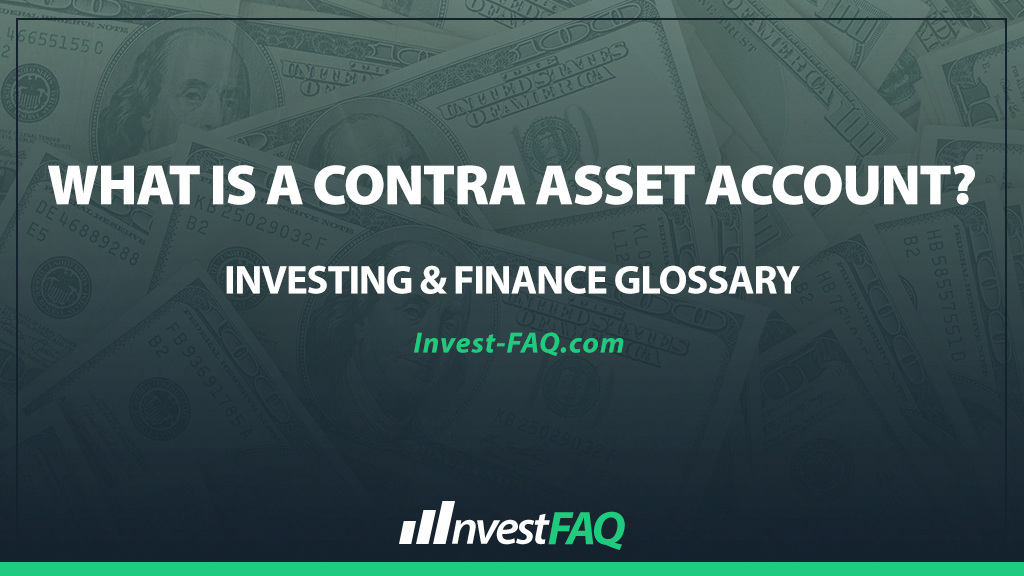
Contra Asset Account
Contents
A contra asset account is a type of account used in accounting to reduce the value of a related asset account. It appears on the balance sheet with a credit balance, opposite the debit balance of the corresponding asset, effectively decreasing the total value of the asset it’s associated with.
Contra asset accounts are pivotal in providing a truthful representation of a company’s financial status. They are utilized to account for depreciation, allowances for doubtful accounts, and accumulated amortization, among others. For instance, the accumulated depreciation account tracks the total depreciation amount of a company’s fixed assets over time, offering insight into the asset’s wear and usage.
Similarly, an allowance for doubtful accounts shows the estimated uncollectible amounts from customers, reflecting a more accurate depiction of receivables. By adjusting the gross amounts of assets to their net realizable values, contra asset accounts help businesses in precise financial reporting, strategic planning, and informed decision-making processes.
Example of a Contra Asset Account
Imagine ABC Manufacturing has machinery purchased for $500,000, expected to last 10 years with a salvage value of $50,000. The company uses the straight-line method for depreciation. Annually, the depreciation expense is calculated as ($500,000 – $50,000) / 10 = $45,000. Over five years, the accumulated depreciation would be $225,000.
This amount is recorded in the accumulated depreciation account, a contra asset account reducing the machinery’s asset account on the balance sheet.
In ABC Manufacturing’s scenario, the machinery’s initial cost and subsequent depreciation are key to understanding the contra asset account’s role. Each year, as the $45,000 depreciation expense is recognized, it’s not just an expense impacting the income statement but also accumulates in the contra asset account.
After five years, while the machinery asset account still shows the historical cost of $500,000, the accumulated depreciation contra account holds a credit balance of $225,000. Thus, the machinery’s net book value on the balance sheet is $275,000 ($500,000 – $225,000).
This method ensures that the asset’s declining value over its useful life is accurately represented in the company’s financial records.
Advantages/Disadvantages
Advantages:
Provides a clear picture of asset valuation and depreciation.
Helps in accurate financial analysis and reporting.
Facilitates compliance with accounting standards and principles.
Disadvantages:
Requires diligent tracking and calculation, which can be complex.
May lead to misunderstandings if not properly interpreted.
The choice of depreciation or allowance methods can significantly impact financial outcomes.
Types in Business Scenarios
Several types of contra asset accounts are prevalent in business, including:
Accumulated Depreciation: Reduces fixed assets to their net book value.
Allowance for Doubtful Accounts: Lowers accounts receivable to the expected collectible amount.
Accumulated Amortization: Decreases the value of intangible assets over their useful life.
Allowance for Sales Returns and Allowances: Adjusts revenue for expected returns or concessions.
Significance for Investing & Finance
Contra asset accounts are fundamental in accounting for their role in ensuring the accuracy and integrity of financial reporting. They allow businesses to portray their assets’ value realistically, considering depreciation, potential uncollectibility of receivables, and amortization. This accurate depiction aids stakeholders in making informed decisions based on the company’s true financial health.
Additionally, by adhering to the principle of conservatism, contra asset accounts help in presenting a financial picture that is not overly optimistic, aligning with best practices in accounting and financial management.
FAQ
How does a contra asset account impact a company’s balance sheet?
A contra asset account appears on the balance sheet as a deduction from the asset it is associated with, reducing the total asset value to reflect its net realizable value accurately.
What is the relationship between accumulated depreciation and a contra asset account?
Accumulated depreciation is a type of contra asset account that records the total depreciation of a fixed asset over time, decreasing its book value on the balance sheet.
Can a contra asset account ever have a debit balance?
Typically, contra asset accounts have a credit balance; a debit balance in a contra asset account may indicate an error or reversal of the expected account activity.
Why is an allowance for doubtful accounts considered a contra asset account?
The allowance for doubtful accounts is considered a contra asset because it reduces the total accounts receivable value on the balance sheet, reflecting only the amount expected to be collected.
